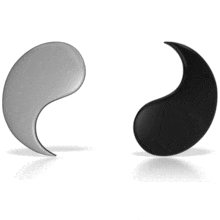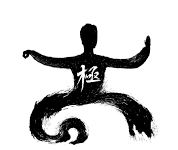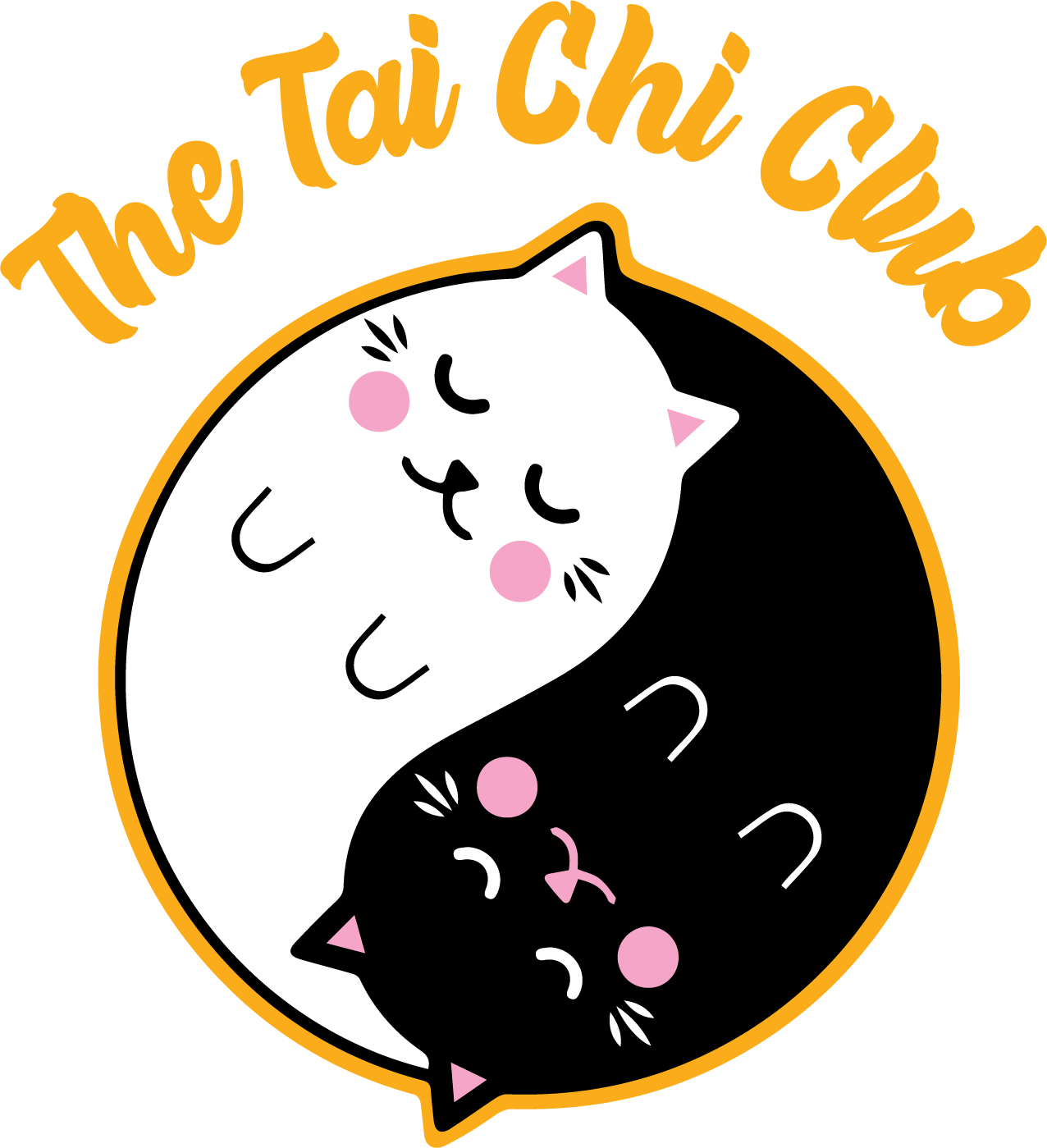by Jie Gu
Yin-Yang Dynamics

The concept of Yin and Yang is one of the fundamental principles of Daoist philosophy and culture. At its core, Yin and Yang represent two opposing yet interdependent aspects of reality. Yin is normally associated with qualities that are cold, soft, receptive, and dark. It symbolizes the moon, night, femininity, passivity, intuition, and tranquility. Yin energy is quiet and introspective, nurturing and gentle. It is the stillness of a calm lake, the quiet reflection of the moonlight, or the softness of a gentle breeze.
On the other hand, Yang is often characterized by warmth, hardness, activity, and brightness. It is connected to the sun, day, masculinity, action, logic, and energy. Yang energy is dynamic and assertive, representing strength, movement, and creativity. It is the heat of the midday sun, the strength of a roaring river, or the vitality of a blossoming tree.
While Yin and Yang seem like opposites, they are deeply interconnected. One cannot exist without the other. For example, without darkness (Yin), there would be no concept of light (Yang). Without rest (Yin), there can be no action (Yang). These two forces are constantly in motion, shifting from one to the other, maintaining the balance that is essential for life.
The art of Yin and Yang harmony is fundamentally about dynamic balance. Too much Yin can lead to a state of stagnation or depression, where everything feels heavy and unchanging. Conversely, too much Yang can result in an overwhelming brilliance or intensity, making it difficult to focus and maintain clarity. True harmony is found in the interplay between these forces, where they complement and counterbalance each other to create a stable and dynamic equilibrium.
The principle of Yin and Yang is evident in all aspects of the natural world. Seasons change in accordance with these two forces; winter embodies Yin, with its coldness, stillness, and darkness, while summer represents Yang, with its warmth, activity, and brightness. Day turns into night, the tide ebbs and flows, and life itself oscillates between activity and rest. These cycles show us that balance is not a static state but a dynamic process that requires continual adjustment.
Interestingly, the Yin-Yang theory can be viewed as an early precursor to modern scientific theories, such as the theory of relativity. Just like the idea that space and time are relative and interconnected, Yin and Yang are a unity of opposites that continuously interact and shape reality. The world is composed of these opposing forces—like water and stone, one of the softest and one of the hardest. Flowing water, with its soft, yielding nature (Yin), can slowly erode and break down stone (Yang). At the same time, a solid stone can block or direct the path of flowing water. Together, a rock mountain surrounded by water, or a river winding through stones, creates a balanced, harmonious, and beautiful scene—an embodiment of the art of Yin and Yang.

Yin and Yang in Tai Chi
In Tai Chi, the principles of Yin and Yang are embodied in every movement, creating a harmonious balance between opposing forces. Each movement features a dominant hand that leads the upper body’s motion (Yang), while the other, indominant hand (Yin) complements and balances it, providing subtle support. Similarly, one leg is substantial, bearing most of the body’s weight (Yang), while the other leg is insubstantial, carrying less weight but offering additional stability and balance for the lower body (Yin).
Tai Chi movements consist of two phases: Yin and Yang. The Yin phase is the stage where energy is gathered and conserved within the body, a time for stillness, reflection, and internal focus. The Yang phase is when this collected energy is released, expressed through dynamic, flowing movements. Yin and Yang are continuously interplaying—each movement flows from one phase to the other, forming an endless cycle that reflects the natural rhythm of life and aims to achieve the state of endurance, or timelessness and immortality.
This cyclical interplay of Yin and Yang is what sets Tai Chi apart from other sports. True Tai Chi embodies this dynamic balance, while unauthentic or “fake” Tai Chi lacks the genuine integration of Yin and Yang, missing the deeper philosophical and energetic aspects of the practice. In authentic Tai Chi, every movement is an expression of this unity of opposites, where softness meets strength, and stillness flows into motion, creating a practice that is both meditative and powerful.

Yin and Yang in Life
The philosophy of Yin and Yang is more than just a cultural or historical concept; it offers valuable lessons for modern living. In human life, the interplay of Yin and Yang is reflected in our physical, emotional, and mental well-being. For instance, too much Yang energy—constant activity, stress, or overwork—can lead to burnout, anxiety, or physical exhaustion. On the other hand, excessive Yin energy—prolonged inactivity, lack of motivation, or withdrawal—can result in stagnation, depression, or weakened health. The goal is to cultivate a balance where both Yin and Yang energies are in harmony, allowing us to experience vitality, peace, and holistic well-being.
Understanding the balance between Yin and Yang can also enhance our relationships. In interpersonal dynamics, recognizing when to be assertive (Yang) and when to be receptive (Yin) can lead to more harmonious interactions and deeper connections with others.
Ultimately, the art of Yin and Yang teaches us that life is a dynamic dance of opposites, a continuous process of balancing and rebalancing. It invites us to embrace the full spectrum of our experiences—the highs and the lows, the quiet moments and the bursts of activity—and to find harmony in the ever-changing flow of life.
By understanding and applying the principles of Yin and Yang, we can learn to live more balanced, healthy, and fulfilling lives, cultivating inner peace and resilience in the face of life’s inevitable challenges. Through the mindful practice of Tai Chi, we can all appreciate the beauty of nature’s cycles, and achieve the harmonious interplay of Yin and Yang in our lives.
